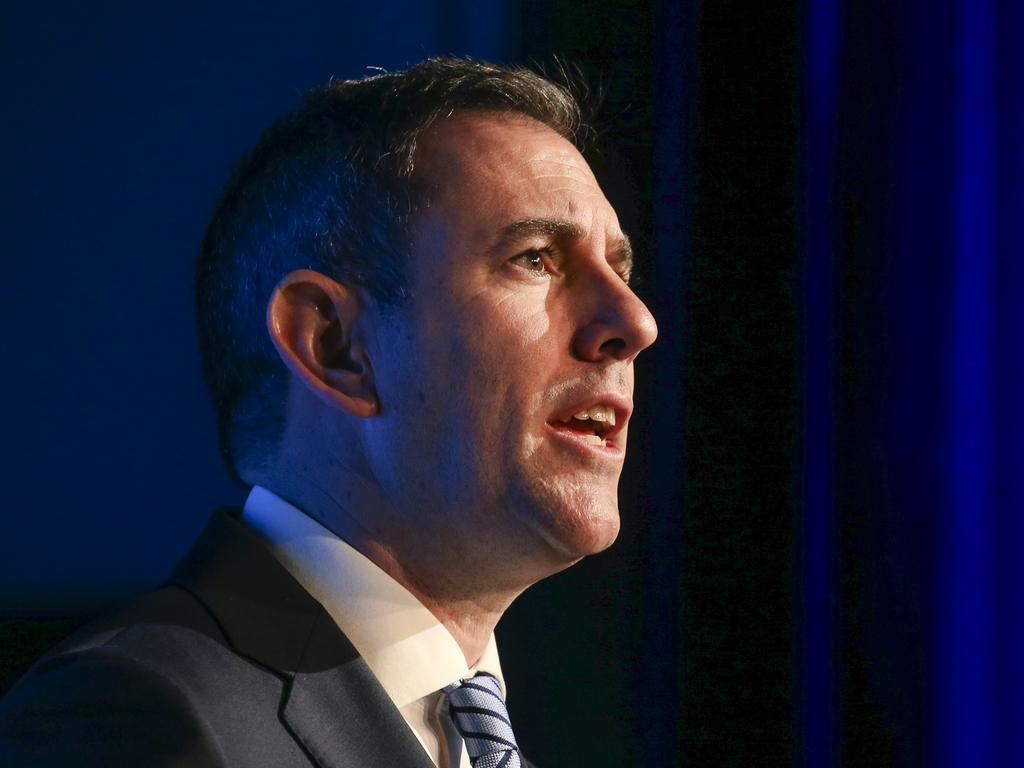Labour market shows resilience
Another bumper month of jobs growth in June and a slight lift in the unemployment rate has capped a financial year of extraordinary labour market resilience in the face of flatlining economic growth.

Another bumper month of jobs growth in June and a slight lift in the unemployment rate to 4.1 per cent has capped a financial year of extraordinary labour market resilience in the face of flatlining economic growth.
The latest employment numbers come as the Reserve Bank mulls whether stalling progress on reducing inflation early this year means it will need to push interest rates higher still, potentially as early as next month’s board meeting.
The jobless rate ticked up from 4 per cent in May, according to the Australian Bureau of Statistics, even as the economy added 50,200 jobs in June – more than twice the consensus forecast among economists.
Jim Chalmers said the latest figures showed that the Albanese government had “now created more jobs in a parliamentary term than any government on record”, at nearly 930,000 since coming to power in May 2022.
“This is encouraging but we also know persistent inflation globally and higher interest rates are weighing on our labour market and our economy. We understand people are under pressure, which is why we’re delivering substantial and meaningful cost-of-living relief in the most responsible way we can,” the Treasurer said.
Adding to the good news, 43,300 of the employment growth was in full-time roles, the seasonally adjusted data showed.
Underemployment, which measures those with work but who are trying to get more hours, fell from 6.7 per cent to 6.5 per cent.
The slight lift in the jobless measures – despite the employment gains – was because of a lift in the workforce participation rate, the ABS said. ABS head of labour statistics Bjorn Jarvis said “the employment-to-population ratio and participation rate both continue to be near their 2023 highs”.
“This, along with the continued high level of job vacancies, suggests the labour market remains relatively tight, despite the unemployment rate being above 4 per cent since April,” Mr Jarvis said.
The unemployment rate has trended higher from 3.5 per cent in mid-2023, but remains well below the over 5 per cent level pre-pandemic, and sits around the level anticipated by the RBA.
However, jobs growth of 2.8 per cent during the most recent financial year far outstripped the 2.1 per cent predicted by the central bank in February (the RBA will release new forecasts on August 6).
High cost of living and inflation has helped squash economic growth to a virtual standstill, yet average monthly jobs growth has nearly doubled to 42,000 in the second half of 2023-24, according to Citi.
Moody’s Analytics economist Harry Murphy Cruise said the strong jobs market “remains a firewall for workers in the face of the economy’s challenges”.
Mr Murphy Cruise joined other economists in predicting unemployment would continue to climb over the coming months, towards the mid-4s by the end of this year.
“The combination of sticky inflation, still-high interest rates, and tight consumer spending will keep pressure on the labour market for the remainder of the year. To be clear, the labour market will not buckle, but its momentum will slow,” he said.
Analysts agreed the latest figures once again underlined the resilience of the labour market to a sluggishly growing economy, but the majority predicting interest rates will not rise again did not see any compelling new evidence that would convince a reluctant central bank to take the plunge and lift rates next month.
Still, with employment rising much more quickly than predicted, EY senior economist Paula Gadsby said “the tight labour market presents some risks to inflation returning to target”.
Ms Gadsby said the June quarter inflation figures due at the end of the month “is the all-important release for the Reserve Bank board ahead of their next meeting” on August 5-6.
“If that indicates an acceleration in underlying price pressures, a rate hike is not out of the question,” she said, although “our central expectation remains that the Reserve Bank will hold the cash rate for some time yet”.
Citi chief economist Josh Williamson said the labour market remained tighter than those of comparable countries, and that a “strong” June quarter inflation report “should cement the case” for a rate lift to 4.6 per cent next month.






To join the conversation, please log in. Don't have an account? Register
Join the conversation, you are commenting as Logout